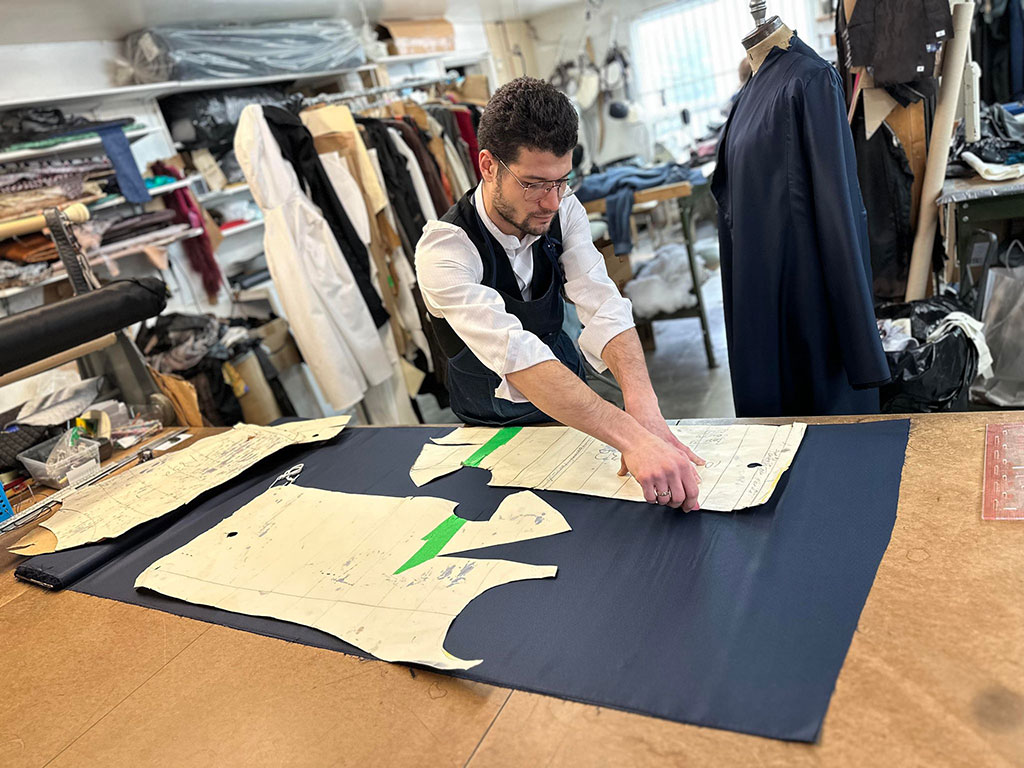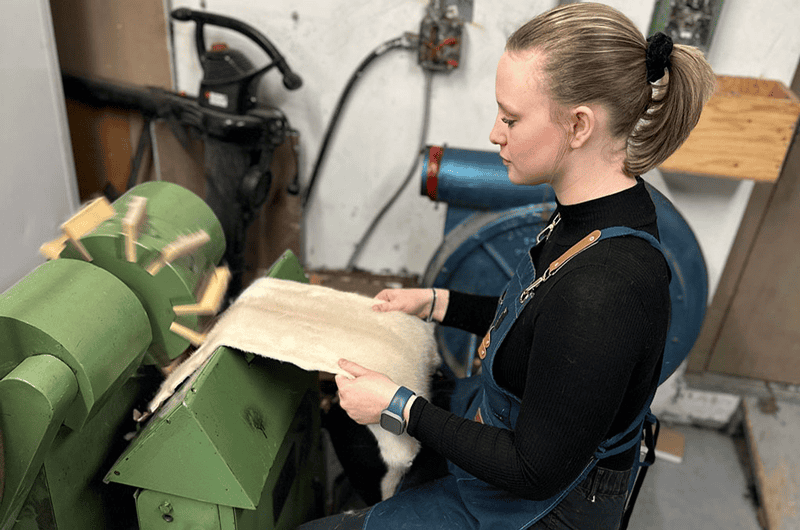Fur Processing is earth-friendly
Our responsibility, now more than ever before, is to make sure that the footprints left by our clothing choices are as small as possible
Fur is a NATURAL and organic materials
Like all such materials will quickly disintegrate and biodegrade unless preventive measures are taken. To prolong the life of fur garments, pelts first undergo a special tanning process known as “dressing”. This process protects the hair follicles and the fur, while making the skin less prone to disintegration and therefore more durable.
Animal rights groups like to claim that the dressing process uses chemicals that are harmful to the environment. They furthermore claim that these chemicals are so effective that they prevent fur garments from biodegrading at the end of their useful lives, making them no better in this regard than fake fur. So let’s look at the facts.
SEE ALSO: Fur Processing. Truth About Fur.
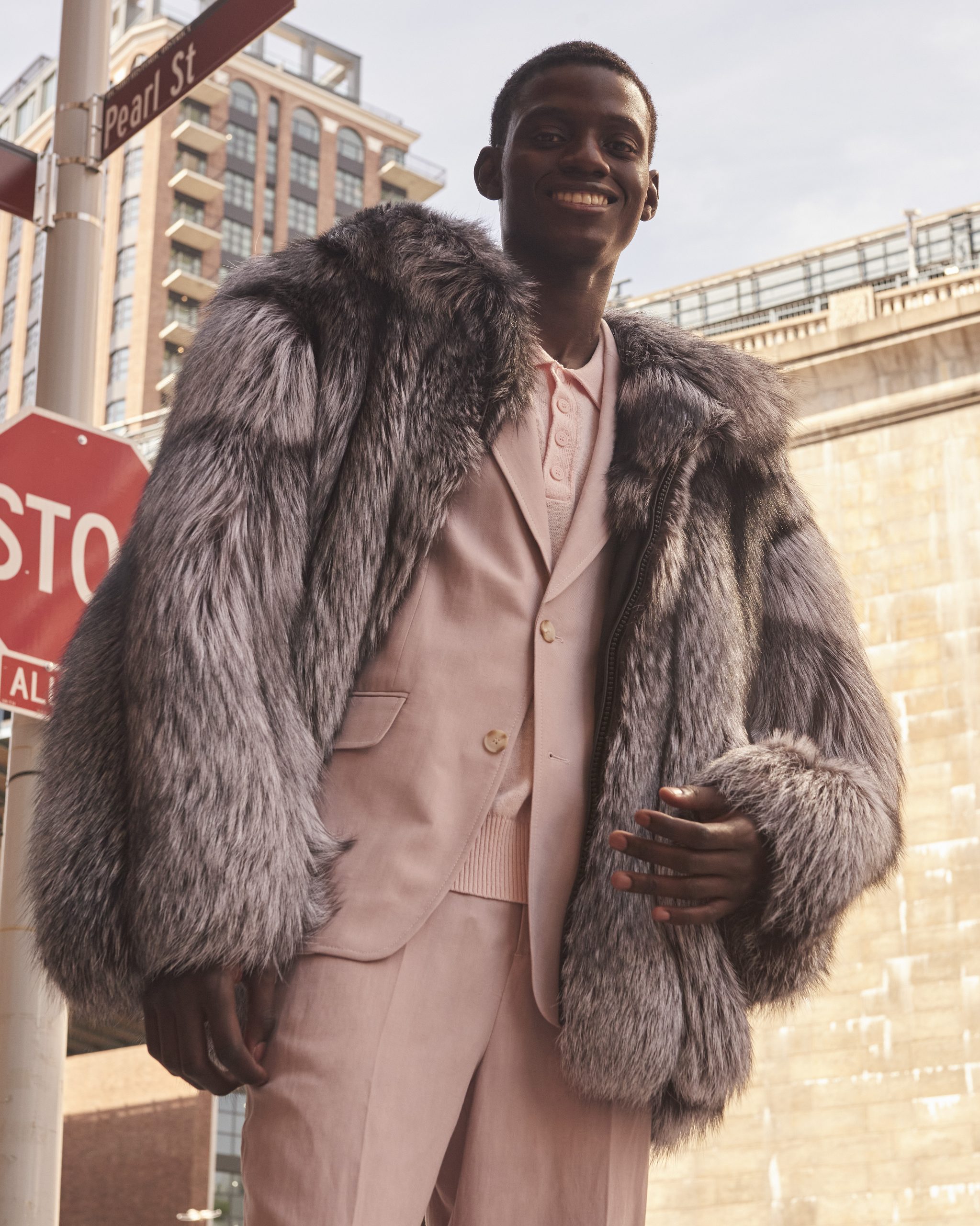
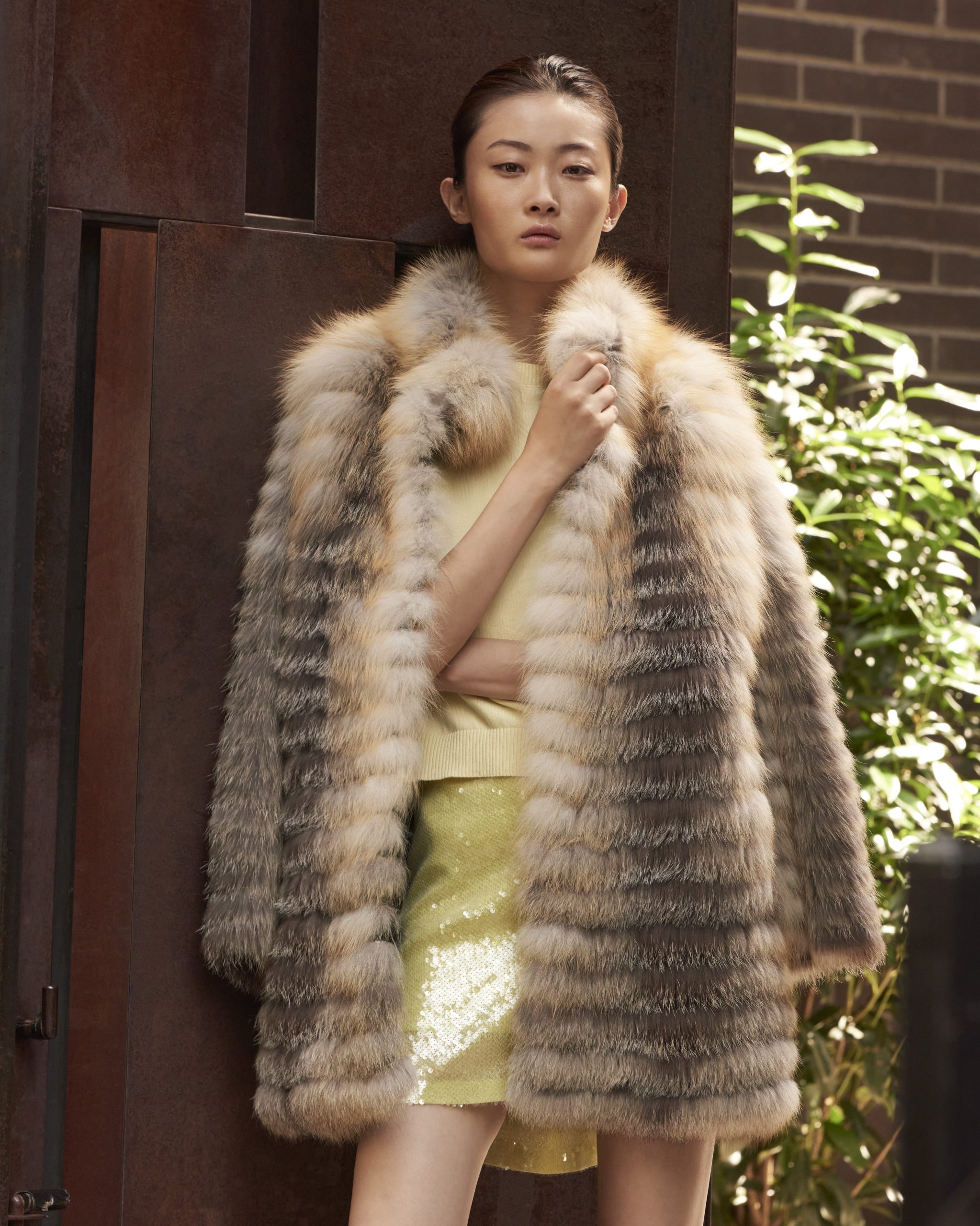
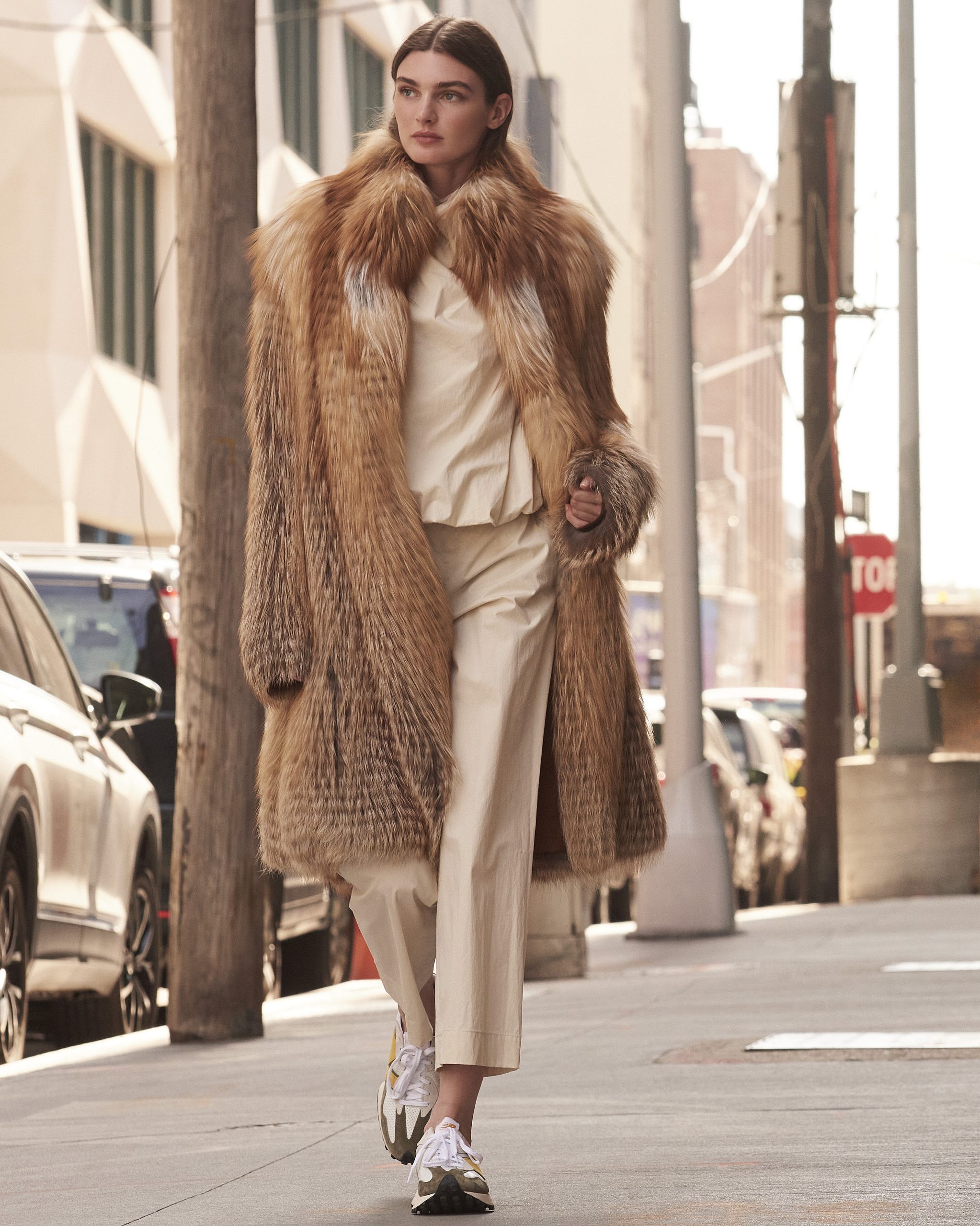
Fur Fashion is earth-friendly
Processing Fur
Nothing we wear is 100% Green
The processing of any clothing material leaves an environmental footprint, so nothing we wear is 100% “green”. Our responsibility, now more than ever before, is to make sure that the footprints left by our clothing choices are as small as possible. Compared with the processes applied to most other fabrics, the process of dressing furs is actually one of the most benign, which it has to be to preserve the delicate hairs and follicles. It is far more benign, for example, than leather tanning, in which the hair is intentionally removed from the hide.
One of the main groups of chemicals used in dressing fur pelts are alum salts, in particular aluminium sulfate. Alum salts have long been used for water purification, to reduce the pH of garden soil, and in medicine. Aluminum sulfate is the active ingredient in many antiperspirants, and is used in styptic pencils to stop bleeding when shaving and to relieve pain from insect bites. Other ingredients used in fur dressing are regular table salt, water, soda ash, sawdust, corn starch, lanolin, and very gentle acids like acetic acid, which is just vinegar.
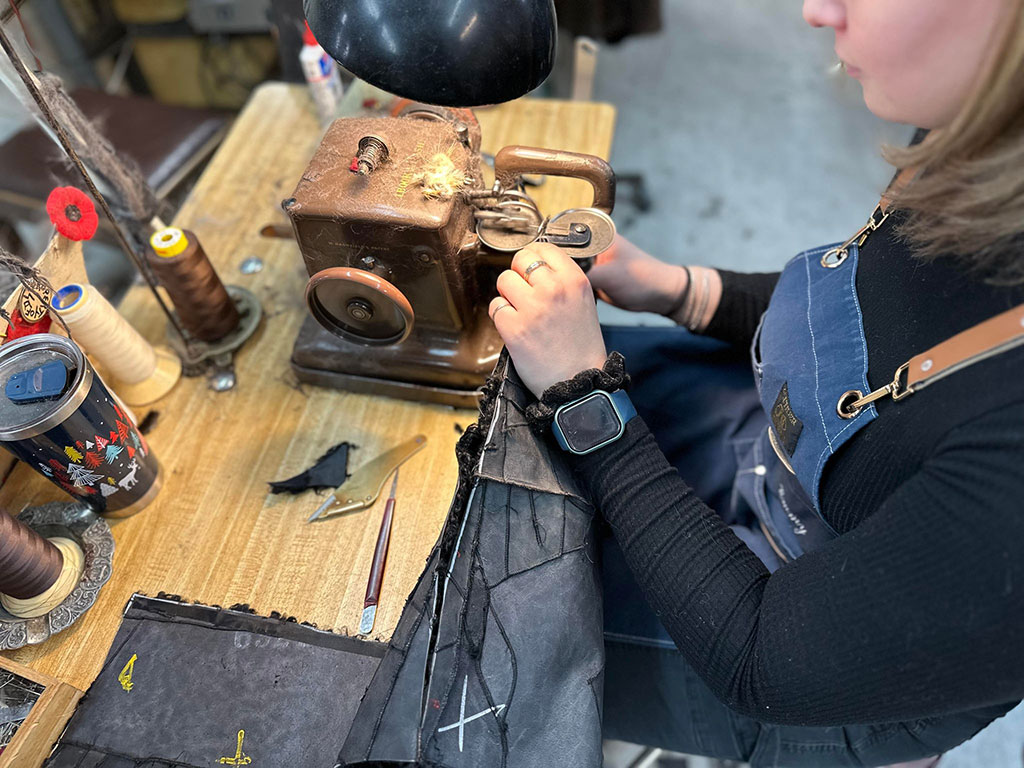
Understanding Formaldehyde
Then there is formaldehyde, which can be used to protect fur follicles. Formaldehyde is a popular target for animal rights groups because of legitimate human health concerns arising from over-exposure to this chemical. However, their criticism always fails to provide context.
Firstly, formaldehyde is produced or used in an extremely wide range of manufacturing processes, from car components, paints and explosives, to carpets, crease-resistant fabrics, and plywood. When the total volume of formaldehyde in circulation is considered, it makes no sense to vilify the tiny fur trade.
Secondly, fur dressers have never used formaldehyde in large quantities, and since it is not absolutely required, its use has largely been phased out. In fact, as far as Truth About Fur is aware, not a single fur dresser in all of North America uses it at all.
Another level of safety is provided in North America by strict regulations aimed at protecting the environment and human health. These are enforced not only for obviously dangerous chemicals but also for relatively benign ones, because it’s possible to have too much of anything.
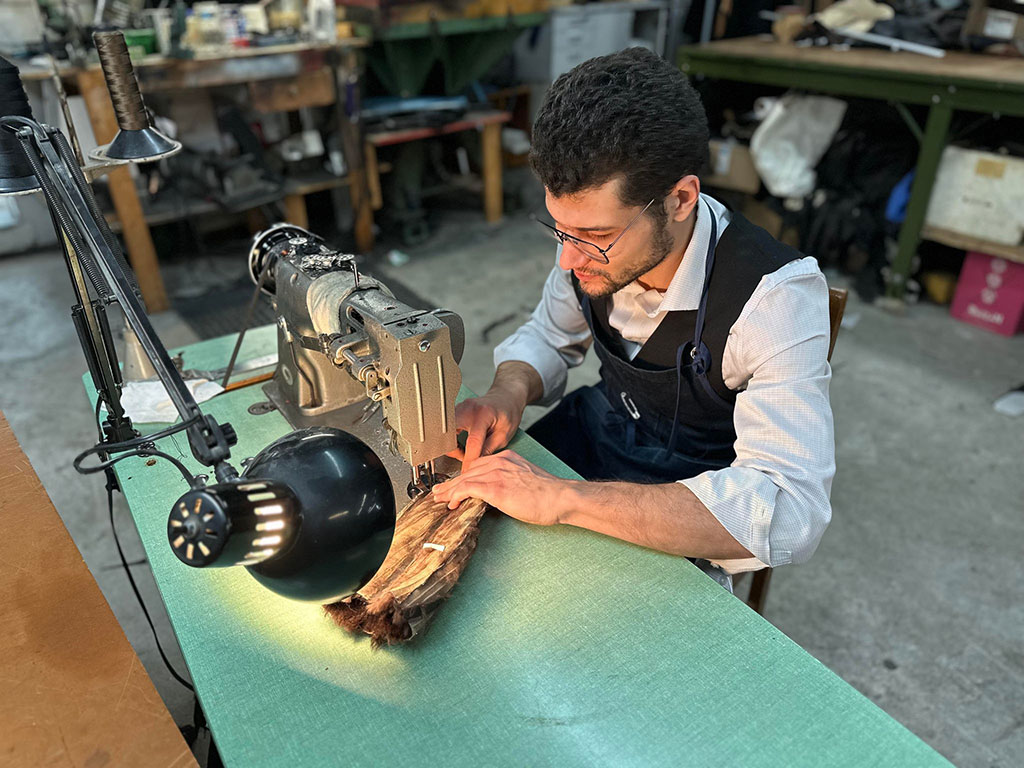
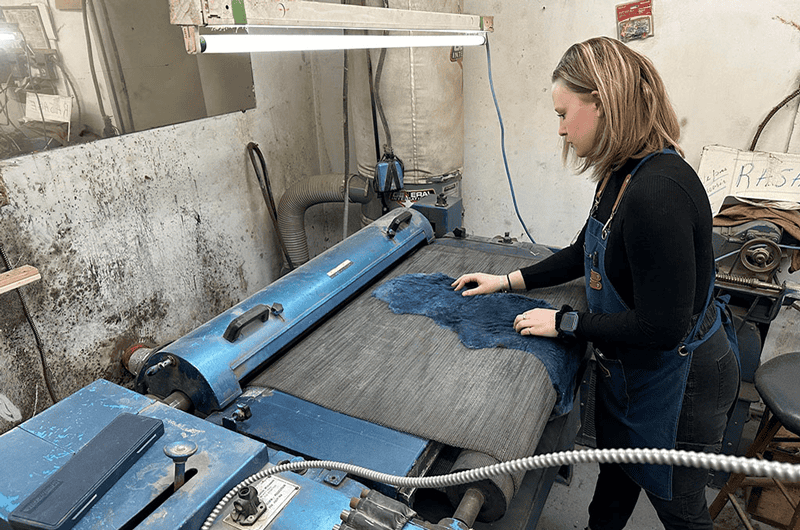
Dressing Fur
In the case of fur dressing, these regulations govern the introduction of effluents, or contaminated wastewater, into the environment. For example, before a dressing facility can release wastewater, it must skim off excess fat floating on the water and dispose of it appropriately. It must also ensure that the pH level of the wastewater is neutral.
After dressing has been completed, and before pelts are made into garments, there’s one more process that animal rights groups like to attack: dyeing. Most dyeing is done in developing countries with lax regulations, and there is no denying that many of the chemicals used are harmful to the environment. However, it’s important to note two points. Firstly, almost every type of clothing we use is dyed. When was the last time you bought cotton jeans, a polyester blouse, or a woollen sweater that was not dyed? And secondly, furs are dyed less than any other type of clothing. The reason for this is simple. Furs come in such an extraordinary range of natural colours that there’s no reason to dye them.
The Biodegradability of Fur
As for the totally false claim by animal rights groups that dressing prevents fur garments from biodegrading, please read our page Fur Is Biodegradable Dressing is certainly the reason why fur garments are so famously durable, but even with proper storage and cleaning, a fur coat will not last more than 50 years or so before it becomes too dry and brittle, and starts to disintegrate. Furs preserved in museums may look stunning despite being centuries old, but they would not last five minutes if someone were to wear them.
Watch How

